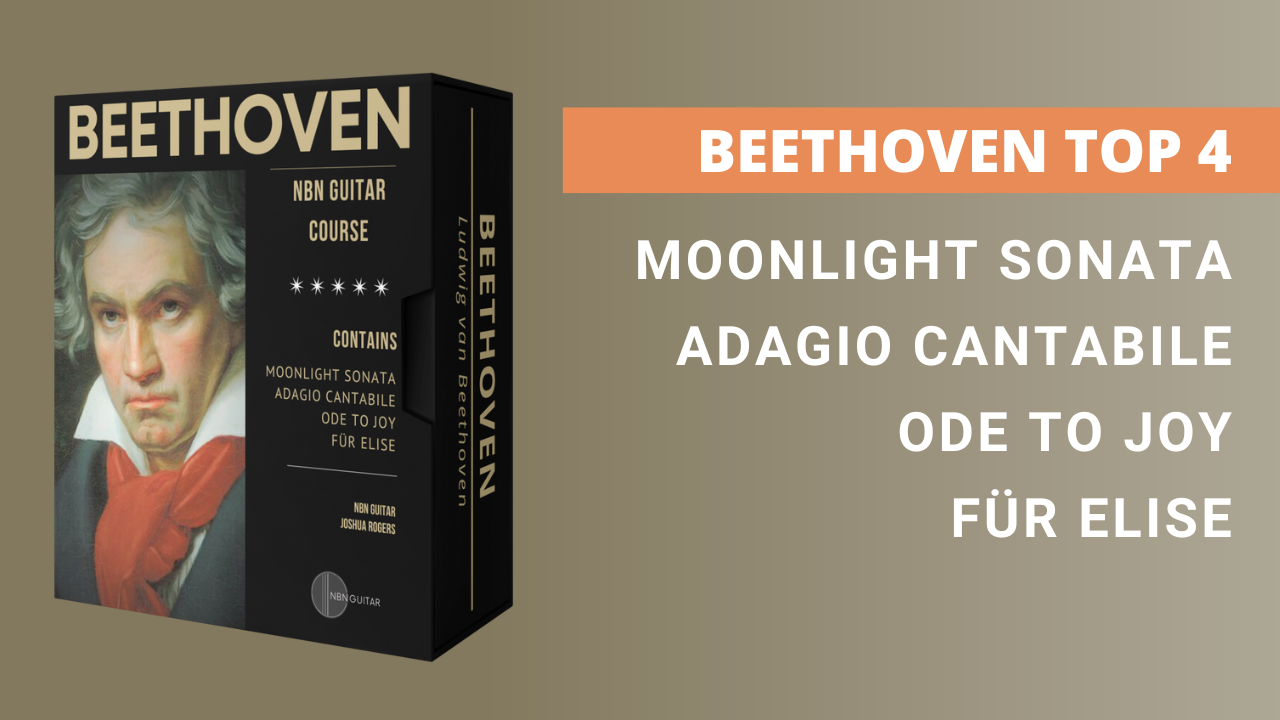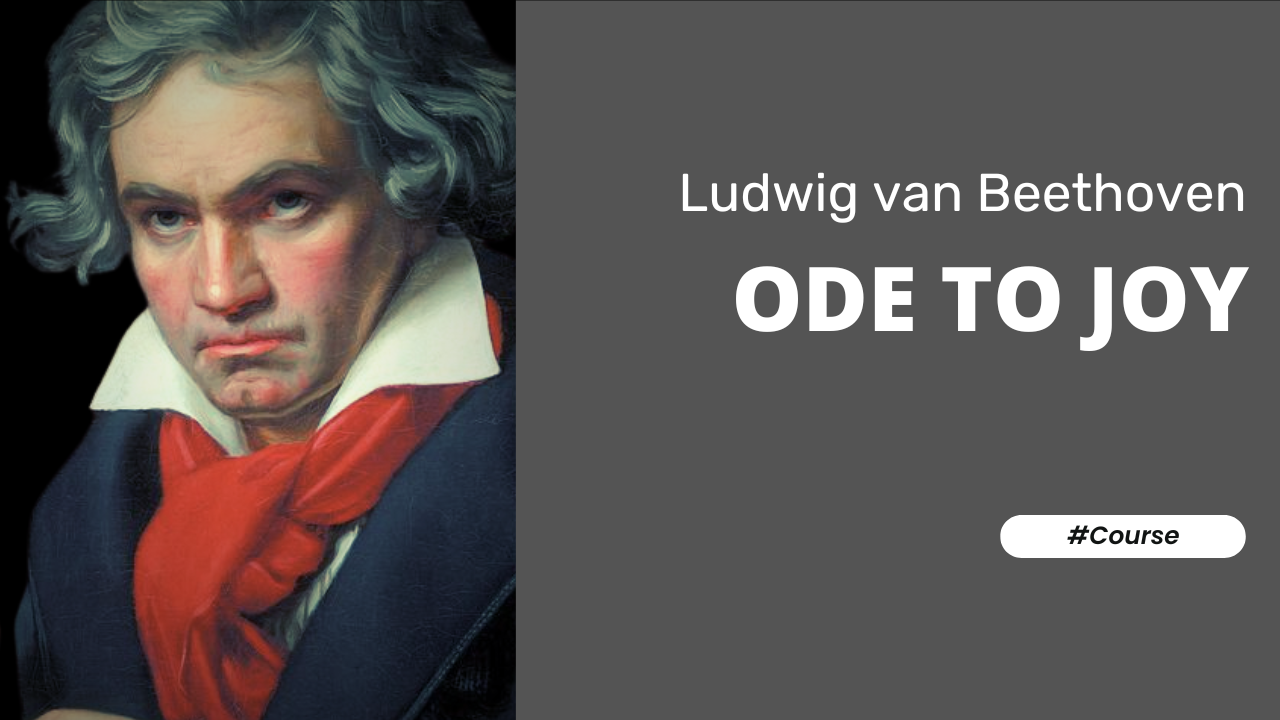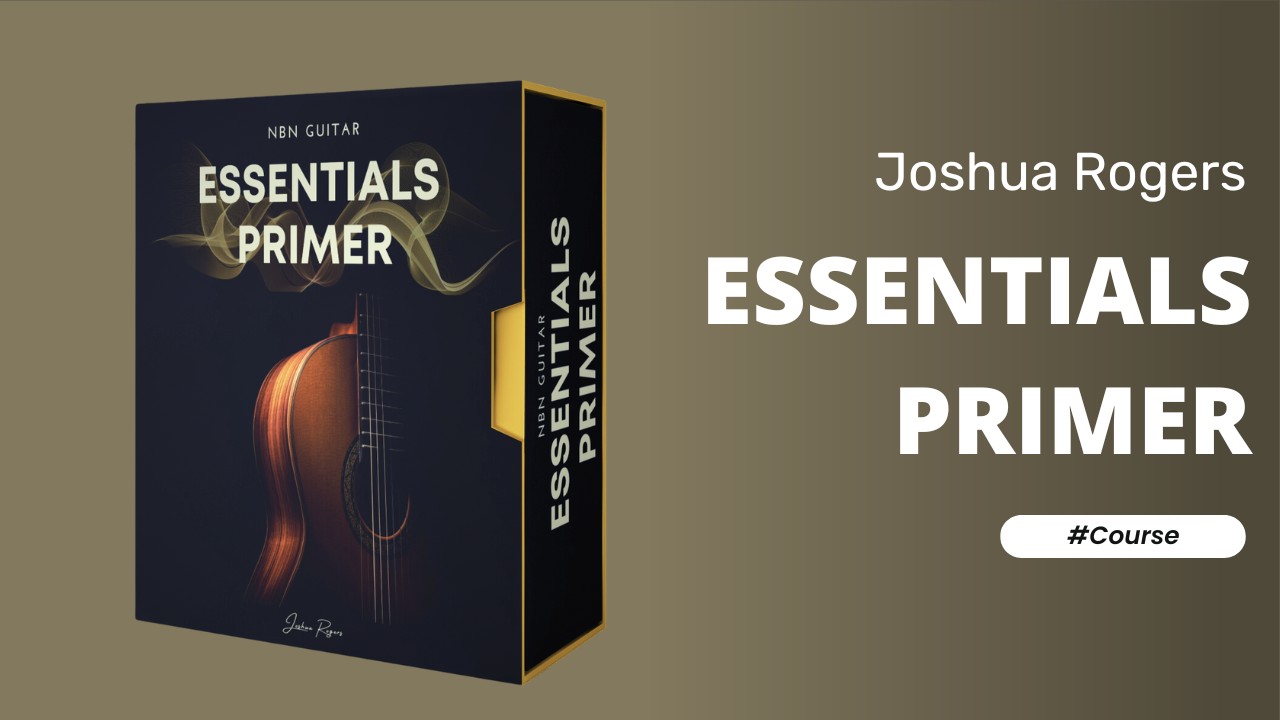Für Elise by Ludwig van Beethoven
Introduction
“Für Elise” by Ludwig van Beethoven is one of the most recognisable and beloved pieces in the classical music repertoire. Originally composed for piano in 1810, this Bagatelle in A minor, WoO 59, has been transcribed for various instruments, including classical guitar, where it continues to captivate audiences with its enchanting melody and emotive character. Beethoven, a pivotal figure in Western music, is renowned for his ability to convey deep emotions through his compositions, and “Für Elise” is a perfect example of his melodic genius and expressive depth.
Transcribing “Für Elise” for classical guitar brings a new dimension to the piece, allowing guitarists to explore its lyrical qualities and intricate nuances. The guitar’s warm, resonant tones lend themselves beautifully to the piece’s delicate phrasing and dynamic contrasts. The piece opens with its famous, lilting melody, followed by contrasting sections that require both technical proficiency and expressive interpretation.
Performing “Für Elise” on classical guitar demands a refined technique and a keen sense of musicality. The guitarist must navigate the piece’s shifting dynamics and intricate finger work, ensuring clarity and fluidity in each phrase. The piece’s emotional range, from playful lightness to poignant introspection, offers a rich palette for expressive interpretation.
“Für Elise” remains a timeless work that continues to resonate with audiences, showcasing Beethoven’s ability to blend simplicity with profound emotional impact. Its transcription for classical guitar not only preserves the piece’s charm but also highlights the guitar’s versatility and expressive potential, making it a cherished addition to the guitar repertoire.
Within these three tutorials you will learn exactly how to play this awesome tune on the guitar.
It isn’t an easy piece so I recommend playing it slower than it would be played on piano.
Musical Style
Ludwig van Beethoven’s musical style is a powerful blend of Classical form and Romantic expressiveness. His compositions are characterised by dramatic contrasts, innovative structures, and profound emotional depth. Beethoven expanded the traditional boundaries of musical form, exploring new harmonic realms and rhythmic complexities. His use of motifs and thematic development is particularly notable, creating cohesive and compelling musical narratives. Beethoven’s music often reflects his personal struggles and triumphs, making his works deeply resonant and enduringly popular.
Notable Pieces
Five notable pieces by Ludwig van Beethoven:
• Symphony No. 5 in C minor, Op. 67
• Symphony No. 9 in D minor, Op. 125 (“Choral”)
• Piano Sonata No. 14 in C-sharp minor, Op. 27 No. 2 (“Moonlight”)
• Piano Sonata No. 8 in C minor, Op. 13 (“Pathétique”)
• Violin Concerto in D major, Op. 61
Let your fingers fly!
Josh
Course Instructor
Fur Elise Course
About this Course
Introduction
“Für Elise” by Ludwig van Beethoven is one of the most recognisable and beloved pieces in the classical music repertoire. Originally composed for piano in 1810, this Bagatelle in A minor, WoO 59, has been transcribed for various instruments, including classical guitar, where it continues to captivate audiences with its enchanting melody and emotive character. Beethoven, a pivotal figure in Western music, is renowned for his ability to convey deep emotions through his compositions, and “Für Elise” is a perfect example of his melodic genius and expressive depth.
Transcribing “Für Elise” for classical guitar brings a new dimension to the piece, allowing guitarists to explore its lyrical qualities and intricate nuances. The guitar’s warm, resonant tones lend themselves beautifully to the piece’s delicate phrasing and dynamic contrasts. The piece opens with its famous, lilting melody, followed by contrasting sections that require both technical proficiency and expressive interpretation.
Performing “Für Elise” on classical guitar demands a refined technique and a keen sense of musicality. The guitarist must navigate the piece’s shifting dynamics and intricate finger work, ensuring clarity and fluidity in each phrase. The piece’s emotional range, from playful lightness to poignant introspection, offers a rich palette for expressive interpretation.
“Für Elise” remains a timeless work that continues to resonate with audiences, showcasing Beethoven’s ability to blend simplicity with profound emotional impact. Its transcription for classical guitar not only preserves the piece’s charm but also highlights the guitar’s versatility and expressive potential, making it a cherished addition to the guitar repertoire.
Within these three tutorials you will learn exactly how to play this awesome tune on the guitar.
It isn’t an easy piece so I recommend playing it slower than it would be played on piano.
Musical Style
Ludwig van Beethoven’s musical style is a powerful blend of Classical form and Romantic expressiveness. His compositions are characterised by dramatic contrasts, innovative structures, and profound emotional depth. Beethoven expanded the traditional boundaries of musical form, exploring new harmonic realms and rhythmic complexities. His use of motifs and thematic development is particularly notable, creating cohesive and compelling musical narratives. Beethoven’s music often reflects his personal struggles and triumphs, making his works deeply resonant and enduringly popular.
Notable Pieces
Five notable pieces by Ludwig van Beethoven:
• Symphony No. 5 in C minor, Op. 67
• Symphony No. 9 in D minor, Op. 125 (“Choral”)
• Piano Sonata No. 14 in C-sharp minor, Op. 27 No. 2 (“Moonlight”)
• Piano Sonata No. 8 in C minor, Op. 13 (“Pathétique”)
• Violin Concerto in D major, Op. 61
Let your fingers fly!
Josh




